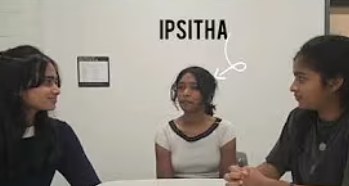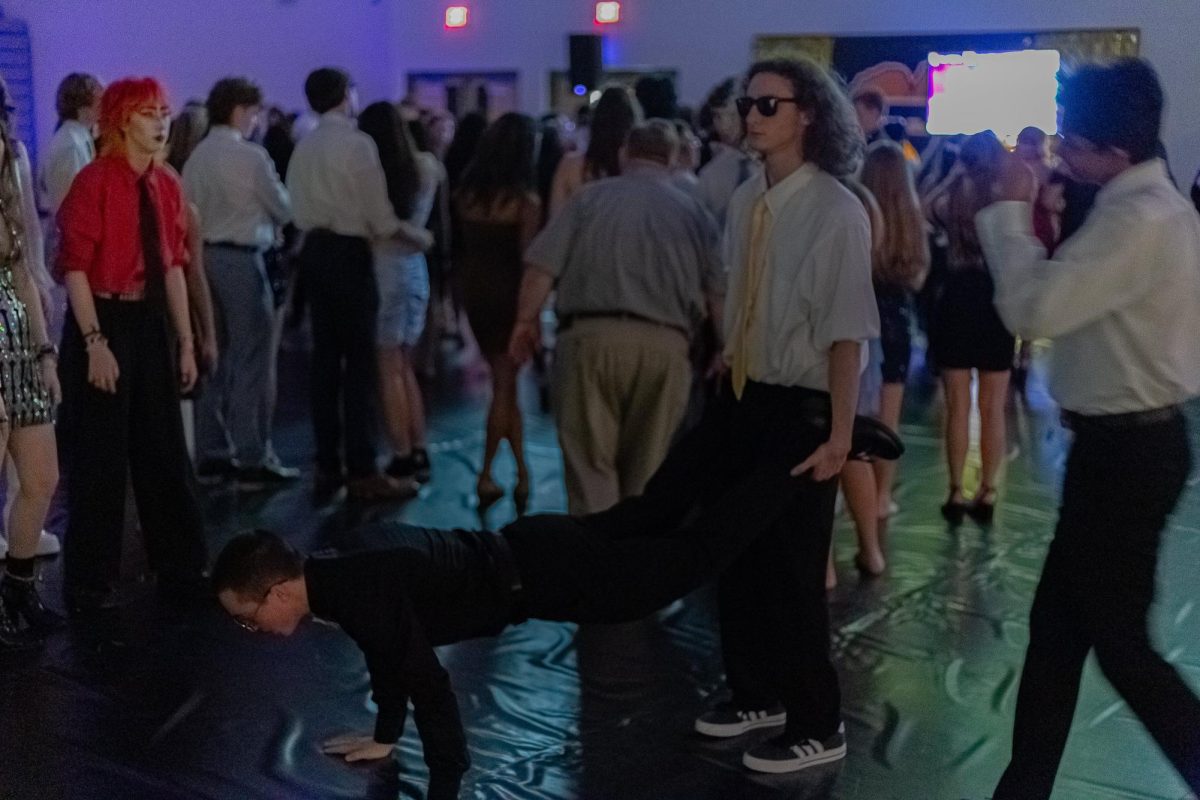Whether it’s a cave drawing depicting a season’s hunt or a caricature of a pop culture figure, art has long been one of humanity’s most powerful tools for storytelling. But what happens when an art piece is considered too controversial? When a painting is labeled offensive? When a sketch is accused of being defamatory?
The debate over censorship in art has existed since the dawn of art itself. From ancient civilizations to our modern world, the tension between freedom of expression and public perception has sparked countless conversations and conflicts. One of the earliest recorded instances of censorship dates back to 700 BC, when book burning was used to suppress philosophical ideas considered blasphemous or immoral. While it is somewhat archaic today, the practice is echoed in many modern forms of content restriction, whether that be through book banning, the removal of exhibits or the editing of broadcasts.
In America, where freedom of speech is a constitutional right, censorship tends to be less focused on philosophical or religious doctrine and more so around concerns of defamation, libel and perceived bias. Museums, schools and media platforms often find themselves at the center of these debates.
Take the recent scrutiny faced by the Smithsonian. In an executive order to ‘restore truth and sanity to American history,’ the Trump Administration has taken the stance that the museum “[disregards] the progress America has made,” claiming it’s focused too heavily on themes of oppression—slavery, segregation and the civil rights movement—as opposed to celebrating our nation’s achievements.
While these displays do spotlight uncomfortable truths about our country, they are an integral part of acknowledging the full scope of our history. Whether admirable or painful, these truths are essential to understanding how we got here today.
“There are going to be good and bad moments in history,” said Hailey Garcia, a senior at FVHS. “Without the bad, you can’t fully appreciate the good.”
Art is not just a mirror of society, it can also be a tool for reflection, education and growth. As philosopher George Santayana wrote in his work “The Life of Reason,” “Those who cannot remember the past are doomed to repeat it.”
Sanitizing history and silencing ‘controversial’ opinions may provide temporary comfort, but it’s essential that we acknowledge both the achievements and mistakes our country has made, that we continue to learn from them and work towards a better future.
In the end, the true question isn’t whether art should be censored; it’s about whether we as a public are willing to engage with it in an honest, productive manner, even when it challenges our own beliefs. When we make space for all of our stories to be told, it makes for a richer, more inclusive tapestry of human experience.













